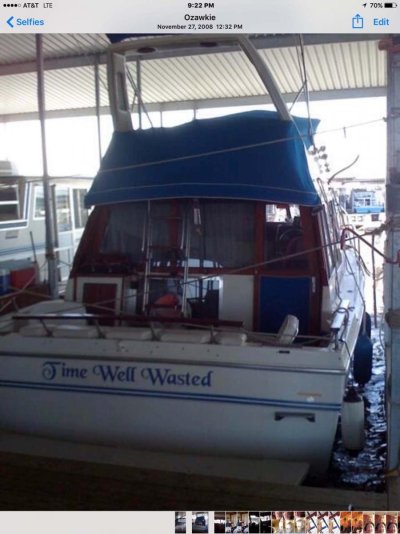AKDoug
Guru
Illegible names annoy me; dinghies on the swim platform blocking the name are worse; sailboats with the name on the side at the stern seem pointless. Can't offer you a slow pass if I can't read your name till I'm passing you.
Ted
Honestly, you shouldn't have to "offer" a slow pass. It would just be courteous to do it if it wasn't horribly inconvenient for you. I am so slow I don't make a wake, but I do appreciate those who do make one slowing down to make my trip more comfortable for all aboard.
I also appreciate the fast boats making their pass close to me so their wake doesn't have time to spread out and the duration is very short rather than rocking my world




